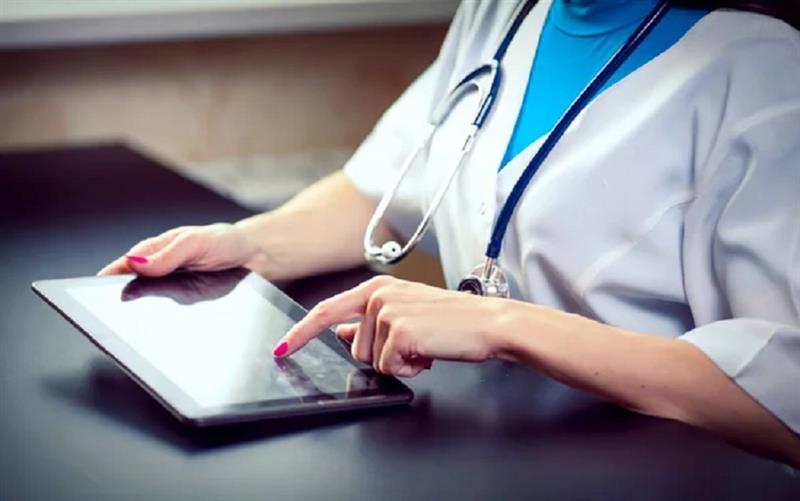
The role of medical software in streamlining healthcare operations cannot be overstated. From enhancing administrative efficiency to optimizing clinical workflows and empowering patients, medical software is transforming the healthcare landscape. As technology continues to advance, the integration of innovative software solutions will further drive efficiency, improve patient outcomes, and ensure the sustainability of healthcare systems. Embracing these tools is essential for healthcare providers aiming to deliver high-quality care in an increasingly complex and dynamic environment.
In today's fast-paced healthcare environment, the efficiency of operations can significantly impact the quality of patient care and the financial health of medical institutions. With the advent of advanced medical software, healthcare providers are now equipped with powerful tools that streamline operations, enhance patient outcomes, and optimize resource utilization. In this blog, we will explore the transformative role of medical software in healthcare efficiency.
The Evolution of Medical Software
Medical software has evolved from simple electronic health records (EHR) systems to comprehensive platforms that integrate various aspects of healthcare delivery. These systems are designed to address the complex needs of modern healthcare, providing solutions that enhance administrative, clinical, and financial operations. Key advancements in medical software include:
1. Electronic Health Records (EHR):
Digital versions of patients' paper charts, EHRs provide real-time access to patient data, streamline documentation, and improve coordination among healthcare providers.
2. Practice Management Software (PMS):
These systems automate administrative tasks such as appointment scheduling, billing, and claims processing, reducing the burden on administrative staff and minimizing errors.
3. Telemedicine Platforms:
Enabling remote consultations, telemedicine platforms have become essential, especially in the wake of the COVID-19 pandemic, allowing healthcare providers to reach patients in remote areas and reduce the strain on physical facilities.
4. Clinical Decision Support Systems (CDSS):
These systems leverage artificial intelligence (AI) and machine learning to provide evidence-based recommendations, assisting healthcare providers in making informed decisions and improving patient outcomes.
5. Mobile Health Applications:
Mobile apps empower patients to take control of their health, offering features such as appointment reminders, medication management, and access to personal health records.
Enhancing Administrative Efficiency
Administrative tasks are often time-consuming and prone to errors, leading to inefficiencies that can affect the overall functioning of healthcare facilities. Medical software addresses these challenges by automating routine tasks, reducing paperwork, and improving data accuracy. Key benefits include:
1. Streamlined Scheduling:
Practice management software simplifies appointment scheduling, allowing patients to book appointments online and reducing no-shows through automated reminders.
2. Efficient Billing and Claims Processing:
Automated billing systems reduce errors and ensure timely submission of claims, improving revenue cycle management and reducing the administrative burden on staff.
3. Improved Communication:
Secure messaging systems facilitate communication between healthcare providers, patients, and administrative staff, enhancing coordination and reducing delays.
Optimizing Clinical Workflows
The integration of medical software into clinical workflows has revolutionized patient care by providing real-time access to patient information, improving diagnostic accuracy, and enhancing treatment planning. Key contributions to clinical efficiency include:
1. Real-Time Patient Data Access:
EHR systems provide healthcare providers with instant access to patient records, ensuring that critical information is available at the point of care and reducing duplication of tests and procedures.
2. Enhanced Diagnostic Capabilities:
Clinical decision support systems analyze patient data and provide evidence-based recommendations, assisting healthcare providers in diagnosing conditions accurately and selecting appropriate treatments.
3. Telemedicine Integration:
Telemedicine platforms enable healthcare providers to conduct virtual consultations, reducing the need for in-person visits and expanding access to care for patients in remote areas.
Empowering Patients and Improving Outcomes
Medical software not only benefits healthcare providers but also empowers patients to take an active role in their health management. Patient engagement tools and mobile health applications provide patients with the resources they need to stay informed and adhere to treatment plans. Key advantages include:
1. Patient Portals:
Patient portals offer secure access to personal health records, lab results, and treatment plans, enabling patients to stay informed about their health status and communicate with their healthcare providers.
2. Medication Management:
Mobile apps provide medication reminders and tracking, helping patients adhere to their prescribed treatments and reducing the risk of medication errors.
3. Health Monitoring:
Wearable devices and health apps allow patients to monitor their vital signs, track physical activity, and share data with their healthcare providers, facilitating proactive health management and early detection of potential issues.